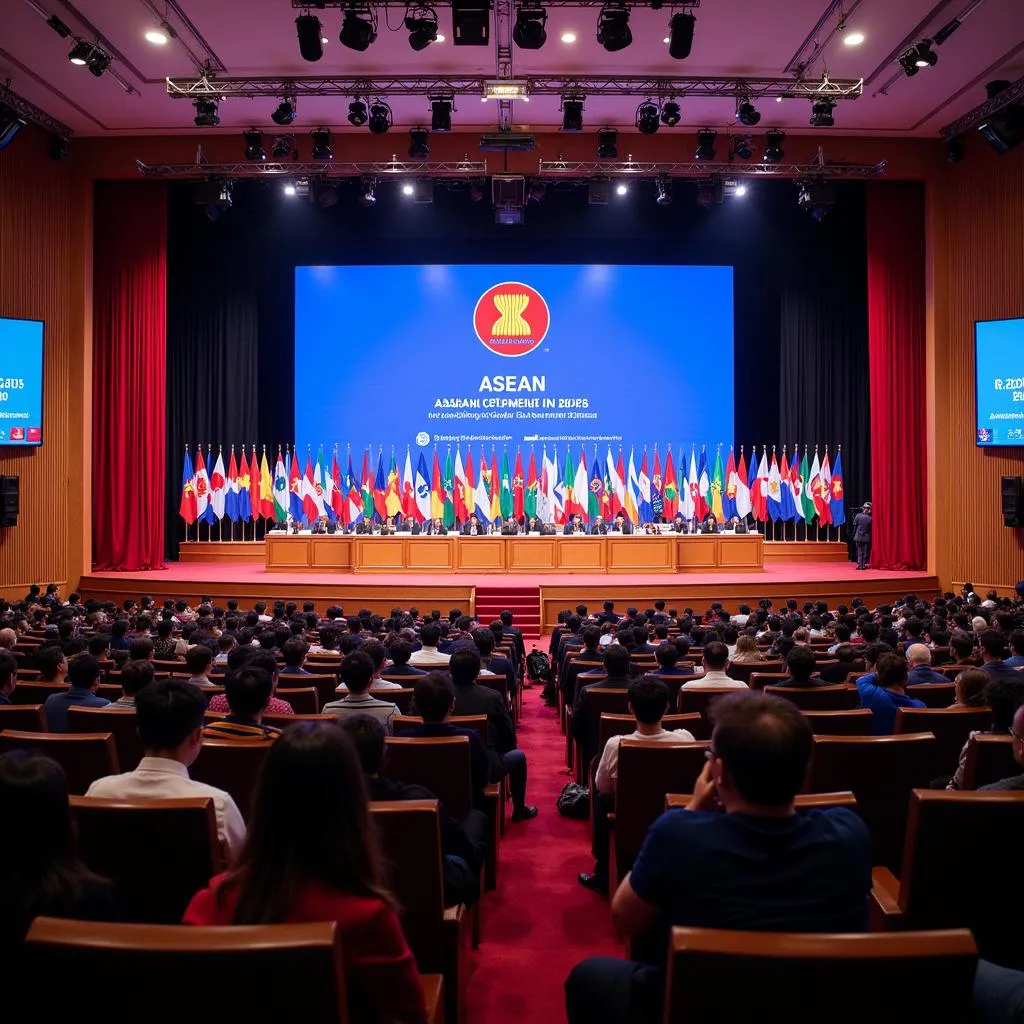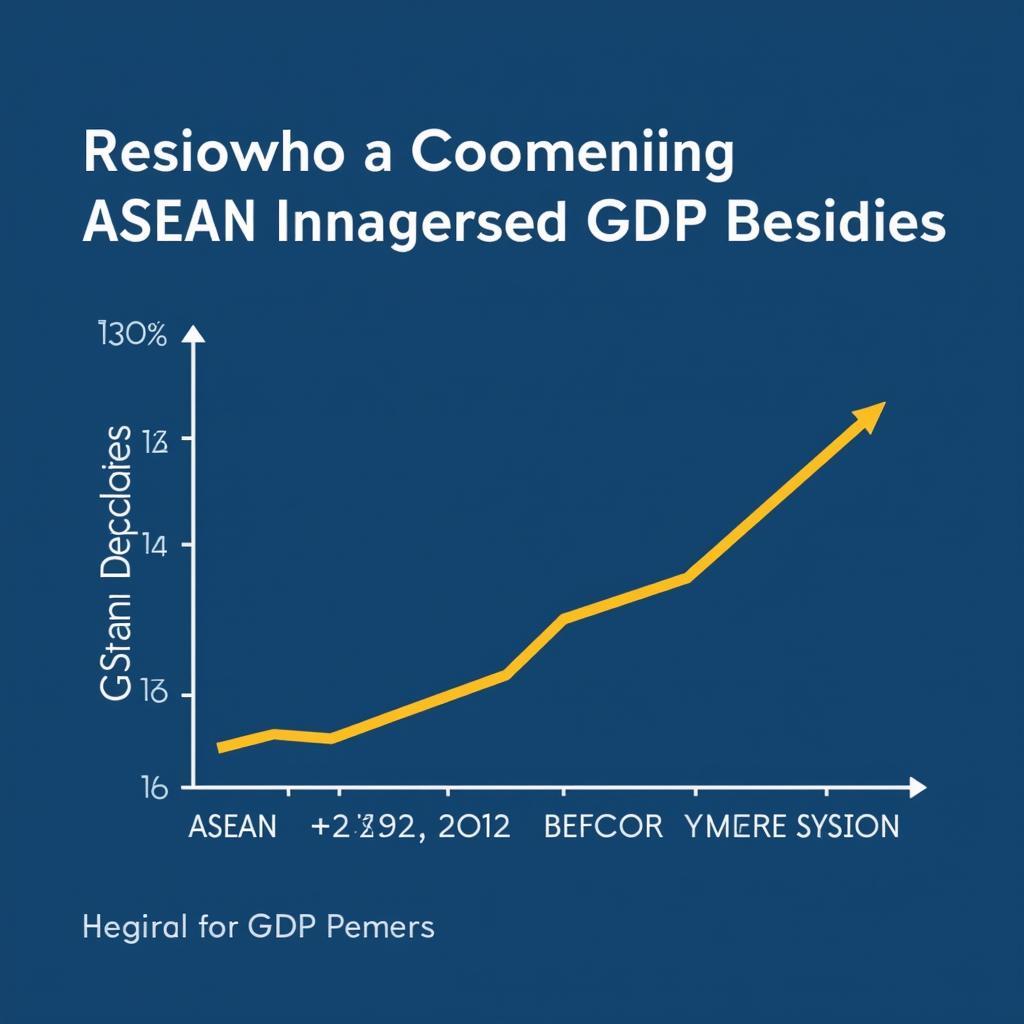Geometry optimization is a crucial step in computational chemistry, particularly in fields like materials science and drug design. It involves finding the lowest energy structure of a molecule or material, which dictates its properties and behavior. In the context of ASEAN, where research and development are rapidly advancing, understanding and leveraging techniques to enhance geometry optimization speed is paramount. This article delves into the intricacies of this process, exploring various factors influencing speed and outlining strategies for optimization.
Factors Influencing Geometry Optimization Speed
Several factors can impact the speed of geometry optimization calculations. Understanding these variables is key to implementing effective optimization strategies:
- System Size: Larger systems with more atoms and electrons require significantly more computational resources, leading to longer optimization times.
- Theoretical Method: The choice of theoretical method (e.g., Hartree-Fock, Density Functional Theory) influences computational cost. More accurate methods often come with increased computational demands.
- Basis Set: Basis sets describe the atomic orbitals used in calculations. Larger, more flexible basis sets provide higher accuracy but increase computational time.
- Initial Geometry: A good initial guess for the molecular structure can significantly reduce the number of optimization steps required.
- Convergence Criteria: Stricter convergence criteria ensure a more precise optimized geometry but may prolong the optimization process.
- Hardware and Software: The computational power of the hardware (CPU, RAM) and the efficiency of the software used directly impact calculation speed.
Strategies for Optimization Speed Enhancement
Various strategies can be employed to enhance the speed of geometry optimization calculations:
1. Employing Symmetry: Utilizing molecular symmetry, if present, can significantly reduce the computational cost by simplifying the calculations.
2. Choosing Efficient Algorithms: Different optimization algorithms (e.g., steepest descent, conjugate gradient, quasi-Newton methods) offer varying balances of speed and accuracy. Selecting an appropriate algorithm is crucial.
3. Utilizing Pre-optimized Geometries: Starting with a pre-optimized geometry from a lower level of theory or from databases can provide a good initial guess, reducing optimization steps.
4. Fragmentation Methods: For very large systems, fragmentation methods divide the molecule into smaller parts, optimize them individually, and then reassemble them, offering substantial speed improvements.
5. Advanced Techniques: Techniques like Quantum Mechanics/Molecular Mechanics (QM/MM) methods can be used for large systems, treating the active site with high-level QM and the surroundings with less demanding MM methods.
6. High-Performance Computing: Utilizing parallel processing and high-performance computing clusters can dramatically accelerate calculations, especially for large-scale simulations.
Conclusion
Optimizing geometry optimization speed is essential for efficient computational chemistry research, particularly within the ASEAN region where advancements in materials science and drug discovery are rapidly progressing. By understanding the factors influencing speed and employing the strategies outlined above, researchers can significantly reduce computational time and accelerate their scientific endeavors. This efficiency translates to faster discoveries, enabling ASEAN researchers to remain at the forefront of scientific innovation.
FAQs
1. What is the importance of geometry optimization in computational chemistry?
Geometry optimization is crucial as it determines the lowest energy structure of a molecule, directly influencing its properties and behavior.
2. How does the choice of theoretical method affect optimization speed?
More accurate methods, like high-level coupled cluster theory, are computationally more expensive than less accurate methods like Hartree-Fock.
3. Can I use a pre-optimized geometry from a database?
Yes, using a pre-optimized geometry as a starting point can reduce optimization steps, but ensure it’s from a reliable source and at a suitable level of theory.
4. What are some common software packages for geometry optimization?
Popular software packages include Gaussian, GAMESS, NWChem, and VASP.
5. Where can I learn more about advanced optimization techniques?
Specialized books, scientific journals, and online resources from computational chemistry communities offer in-depth information on advanced techniques.
Need Assistance?
Contact us at Phone Number: 0369020373, Email: [email protected] or visit our office located at Thon Ngoc Lien, Hiep Hoa, Bac Giang, Vietnam. Our dedicated customer support team is available 24/7 to assist you.
Explore other insightful articles on our website for a deeper understanding of ASEAN’s dynamic scientific landscape.


